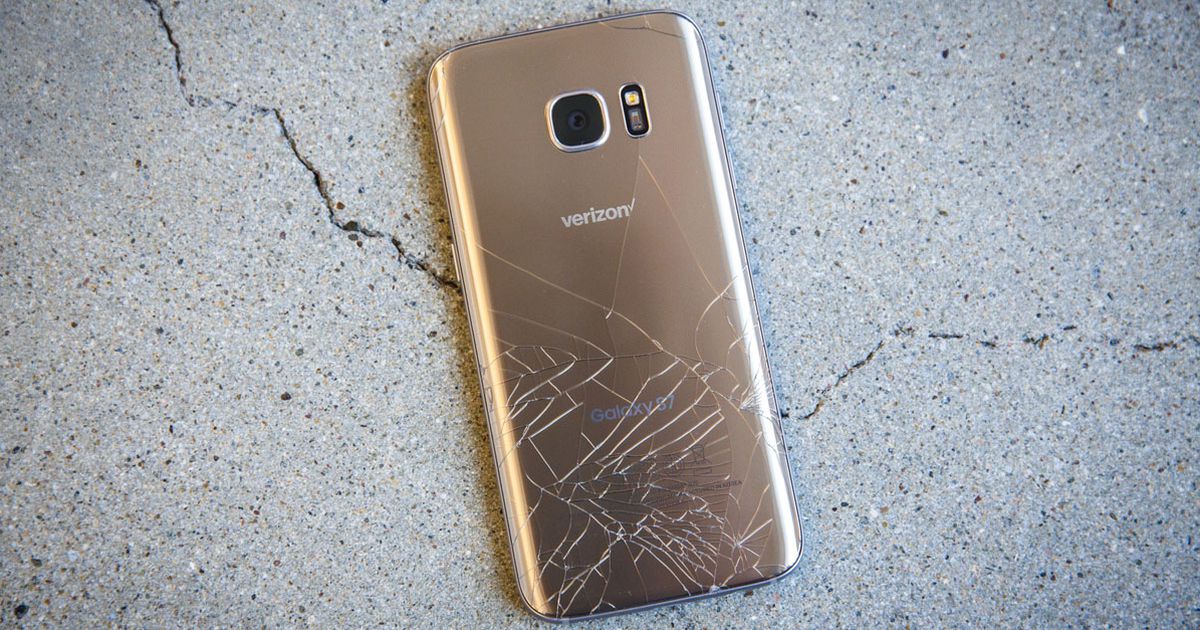Whether you earmark an old phone or just buy an inexpensive spare, it’s a smart idea to have a backup at the ready.
Uh, oh. Hope you’ve got a backup plan? Or, better, a backup phone.
Well, it happened. Your phone is lost. Or broken. Maybe even stolen. And because your entire life is contained in that thing, now you’ve got problems.
Your passwords — gone. Contacts, gone. Trip details, appointment calendar, photos from the wedding, that book you were reading — all gone.
Thankfully, you planned ahead. Nearly all your data is synced to the cloud (most likely Apple’s or Google’s), so all you really need is a backup phone. And perhaps backup service. Let’s take a look at some practical ways to create a smartphone failsafe plan.
Not long ago, it was unthinkable to own two phones. Now it’s cheap and easy.
There are two ways to go about this. First, if you have an old phone lying around, you should be able to repurpose it for backup duty. In fact, this might be the path of least resistance, because unless you did a factory reset and wiped the memory, it probably still has your apps, data, etc.
Amazon sells the Alcatel A30 — a perfectly viable backup phone — for just $60.
Option two: Buy an inexpensive backup phone. If you haven’t shopped lately, you might be surprised at just how inexpensively you can do this. Amazon, for example, offers two models for under $60 — the Alcatel A30 and Blu R1 HD — both with 5-inch screens and expandable storage.
They’re compatible with GSM networks, though you can also get a Verizon-compatible version of the A30. If you need Sprint compatibility, the $99.99 Moto G ($529 at Amazon) Play works with all U.S. networks.
Whatever model you end up with, your goal should be to make it a veritable Doppelgänger of your primary phone. That means installing all the same apps and, where necessary, signing into associated accounts (just to save time and avoid hassle later on).
As you probably know, both iCloud and Google will synchronize your data (and, if you like, your apps) when you set up a new device. That’s assuming you’re using backup and sync services on your current device — which, of course, you absolutely should be.
Ironically, once you’ve completed all this, the phone is probably going to sit in a drawer or carry-on until it’s needed. My advice: Power it up once per week to make sure everything is synced and updated. Likewise, top off the battery, because a dead backup isn’t a very useful backup.
Now that you’ve got the phone all set, you need service. But it doesn’t make sense to add another line to your existing plan, because why pay monthly for something you’re going to use only sporadically (if at all)?
Your first option: Don’t bother with service at all. As long as you can find a Wi-Fi hotspot, you can accomplish most of what you need to do: check email, access travel apps and so on. If you’re an iPhone user, you can make calls via Wi-Fi (assuming your carrier supports it), and of course iMessage works over Wi-Fi — though only to other iMessage users.
If you try to text, say, an Android user via Wi-Fi, it won’t work. Android users have similar options via Google’s Messages app.
A great, often-overlooked option for communication via Wi-Fi: Facebook Messenger. It lets you not only send messages to your Facebook contacts, but also place calls to them.
Of course, the ideal solution is to have cell service for both calls and messages, and for that I reluctantly recommend Freedompop. The recommendation is because you can get totally free monthly service, perfect for backup-phone purposes. The reluctance owes to the company’s user-hostile website, excessive (and often sneaky) upsells during the signup process and poor customer service.
That said, you can get a basic LTE plan that includes 200 voice minutes, 500 SMS messages and 200MB of data per month, all for free. That’s probably enough to help you out in a phone emergency, and of course you can buy more service as needed.
The Freedompop 3-in-1 SIM card costs $9.99, plus around $7 for shipping. It’s compatible with just about any unlocked GSM phone.
If you have a CDMA phone or don’t want to deal with Freedompop, hit up your current carrier to see if it offers a pay-as-you-go plan. There’s also Tello, which lets you put a credit into your account to use only as needed. It supports CDMA, too.
During a recent train trip to Chicago, I realized I hadn’t printed out anything to do with my itinerary. I didn’t know the name or address of the hotel I’d booked, the location of the meeting I’d scheduled or the departure time of the return trip. Heck, I don’t know my kids’ cell numbers! Everything was in my phone.
Duh: Make hard copies. I know we’re supposed to save trees and all, but this is just common sense (which I apparently lack).
Here’s what I recommend you keep on hand at all times, especially when traveling:
If all this sounds like a lot of work, just take a minute to think about how you’d manage if your phone suddenly disappeared. The cloud has helped reduce the need to back up our data, but it’s still important to back up our hardware.

